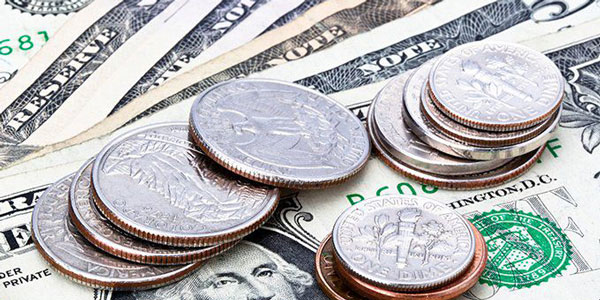Using the strategy known as the debt avalanche, you pay off your debts in the order of their respective interest rates. The term "high interest rate technique" has also been used to refer to this approach. When you use debt snowball strategy, you pay off your bills by beginning with the ones with the smallest balances. Before determining how to attack your debt, it is crucial to understand each approach and why one way may be preferable for your individual case. This will allow you to make an informed decision about which method would work best for you.
- When paying off debt using debt snowball method, you begin with the debt that has the smallest amount.
- When you use debt avalanche, you pay off your debts in order of highest interest rate first.
- If you use debt snowball, your total interest payments will be higher.
- Because you can pay off your obligations more rapidly with debt snowball method, this may be an effective way to maintain your motivation.
- Because of the debt avalanche, if you have a debt with a significant sum and a high-interest rate, you may get upset with the length of time it takes to pay off your debt.
Debt Avalanche Method
It is recommended that you produce a list of all your obligations and order them by interest rate, going from highest to lowest. This is part of the debt avalanche approach, also known as the debt stacking method. For instance, you could owe money for:
- The maximum interest rate for a Mastercard purchase of $2,500 is 19%.
- The Visa loan for $7,500 has a 13% interest rate, the second-highest available.
- Auto loan for $4,000 at 8% interest, the third-highest rate available
- The lowest possible interest rate on a student loan of $1,900 is 5%.
The advice given by the debt avalanche approach is to ensure that you are always current on the minimum payment for each debt. If this is the case, you should prioritize paying off your Mastercard debt first since it has highest interest rate of any other debt (19%). After you have paid off the amount on your Mastercard, you should focus on the balance on your Visa card, which has the second-highest interest rate, at 13%.
Because the Visa has the biggest balance, which is $7,500, repaying it will take considerable time. Continue in this manner. When you are finished, you will be able to begin paying off the obligations with interest rates that are reduced. After devoting a significant amount of time and effort toward paying off debt but failing to get the psychological satisfaction of ticking it off your list, you may experience feelings of frustration.

Debt Snowball Method
Based on the snowball strategy, regardless of the interest rate, you should put every spare cent toward paying off the debt that has the lowest amount first. If you were to apply the snowball approach, you would rearrange the above list in the following manner:
- The amount on student loans for $1,900 is 5%, which is the lowest balance. The balance on Mastercard for $2,500 is 19%, which is the second-lowest balance.
- Auto loan for $4,000: 8%, which is the third-lowest balance Visa loan for $7,500: 13%, which is the highest balance
You would pay the bare minimum required on each of your debts. Then, even though the loan with the shortest amount also had the lowest interest rate in this specific scenario, you would put every additional cent toward paying the obligation with the smallest balance. This strategy gives you a more immediate sense of success, but it might cost you more. If you merely make the minimum payment on the loan with highest interest rate, you will end up paying more in interest overall as compared to using the debt avalanche strategy.
Conclusion

Simply put, one's finances are simply that: one's own. The process of paying off debt may be compared to dieting in certain ways. Even while there are ideal eating plans available, the vast majority of individuals cannot follow such a diet successfully. Let's face it. The greatest diet is the one that you can keep up with. The same may be said about paying off debt. Be truthful when creating a budget that complements your character and helps you stay motivated. If you don't follow the plan you made to pay off your debt, you'll end up paying the maximum interest possible.



